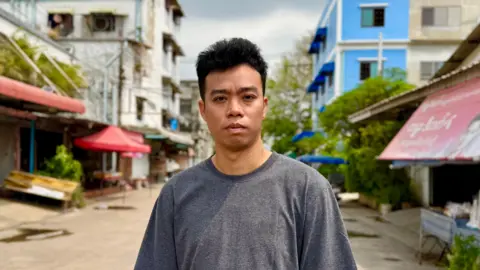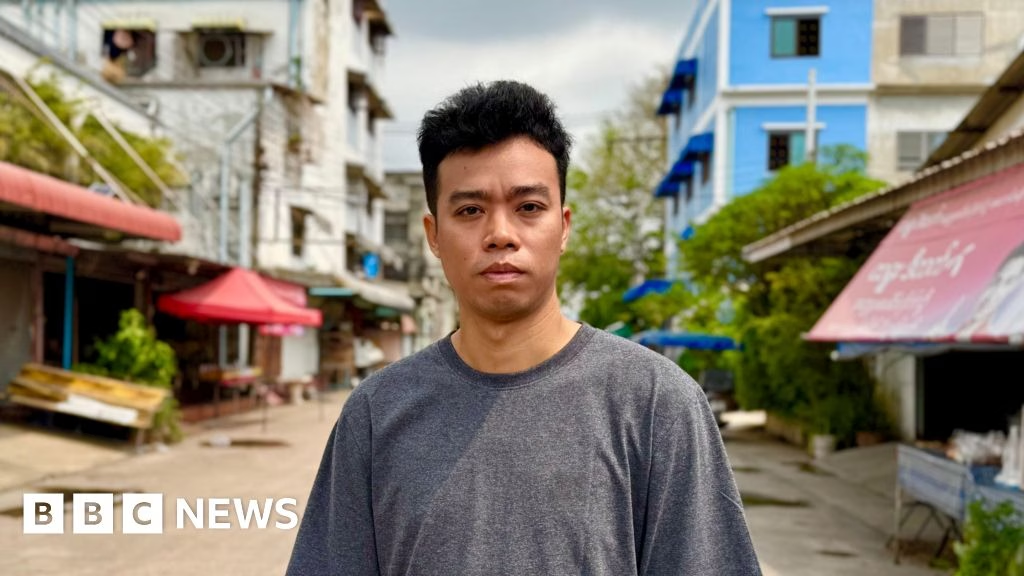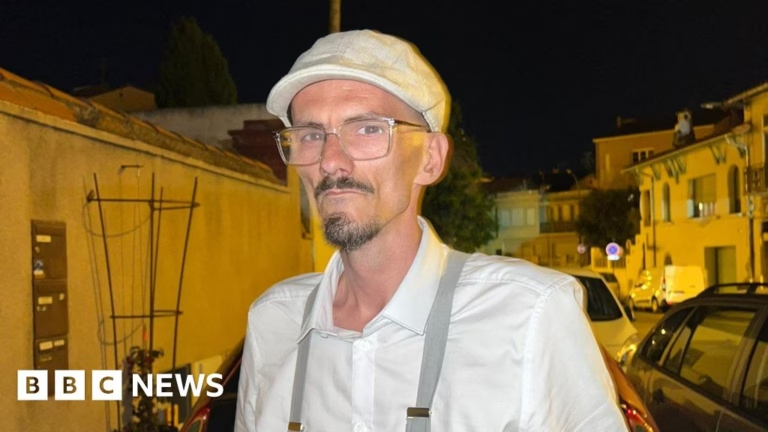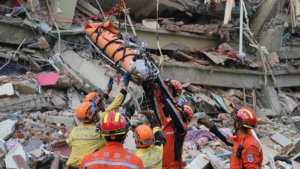The last time Soe Ko Ko Naing saw his great-uncle was in July, at his home by the banks of the Irrawaddy River.
Ko Naing, a supporter of Myanmar’s resistance against the military junta, was about to flee the country. Living in Min Kun, a small town in the military stronghold area of Sagaing, Ko Naing did not trust anyone enough to tell them of his plan – except his beloved Oo Oo (‘uncle’ in Burmese).
“I told him I was going to Thailand. He thought it was a good plan. He wished me good health and safety,” recalled Ko Naing, a 35-year-old labour rights activist.
Nearly a year on, Ko Naing is safe in Thailand. But his Oo Oo was killed by the powerful earthquake that struck Sagaing near Mandalay last Friday, claiming at least 2,000 lives.
“I have sleepless nights. I’m still suffering,” said Ko Naing.
“I have no remorse for leaving the country, because I had to. But I feel guilty because our people need us the most now. I feel helpless.”
Ko Naing is one of the millions of Myanmar’s diaspora anxiously watching from afar as their country struggles following its biggest earthquake in a century.
Like him, many are experiencing survivor’s guilt and a sense of helplessness. For some, these feelings are compounded by the fact that they cannot go back easily to help in rescue efforts or check on relatives, as they would face political persecution.
Thailand hosts the world’s biggest Myanmar diaspora community with about 4.3 million Myanmar nationals, though the figure is thought to be much higher if it includes undocumented migrants.
As a wealthier neighbour, it has long attracted people from Myanmar who make up a large section of its migrant workforce. The 2021 military coup and subsequent civil war have only swelled their ranks.
Some toil in the construction sector – many of the 400 workers at a Bangkok skyscraper that collapsed due to the quake were believed to be from Myanmar – while others work in Thailand’s agriculture and seafood industries.
On a drizzly Monday morning in Samut Sakhon, a fishing port near Bangkok that is home to many workers from Myanmar, men wearing the traditional Burmese longgyi and women with thanaka daubed on their cheeks thronged the alleys of a street market.
Ko Naing, a supporter of Myanmar’s resistance against the military junta, was about to flee the country. Living in Min Kun, a small town in the military stronghold area of Sagaing, Ko Naing did not trust anyone enough to tell them of his plan – except his beloved Oo Oo (‘uncle’ in Burmese).
“I told him I was going to Thailand. He thought it was a good plan. He wished me good health and safety,” recalled Ko Naing, a 35-year-old labour rights activist.
Nearly a year on, Ko Naing is safe in Thailand. But his Oo Oo was killed by the powerful earthquake that struck Sagaing near Mandalay last Friday, claiming at least 2,000 lives.
“I have sleepless nights. I’m still suffering,” said Ko Naing.
“I have no remorse for leaving the country, because I had to. But I feel guilty because our people need us the most now. I feel helpless.”
Ko Naing is one of the millions of Myanmar’s diaspora anxiously watching from afar as their country struggles following its biggest earthquake in a century.
Like him, many are experiencing survivor’s guilt and a sense of helplessness. For some, these feelings are compounded by the fact that they cannot go back easily to help in rescue efforts or check on relatives, as they would face political persecution.
Thailand hosts the world’s biggest Myanmar diaspora community with about 4.3 million Myanmar nationals, though the figure is thought to be much higher if it includes undocumented migrants.
As a wealthier neighbour, it has long attracted people from Myanmar who make up a large section of its migrant workforce. The 2021 military coup and subsequent civil war have only swelled their ranks.
Some toil in the construction sector – many of the 400 workers at a Bangkok skyscraper that collapsed due to the quake were believed to be from Myanmar – while others work in Thailand’s agriculture and seafood industries.
On a drizzly Monday morning in Samut Sakhon, a fishing port near Bangkok that is home to many workers from Myanmar, men wearing the traditional Burmese longgyi and women with thanaka daubed on their cheeks thronged the alleys of a street market.

BBC / Tessa Wong








